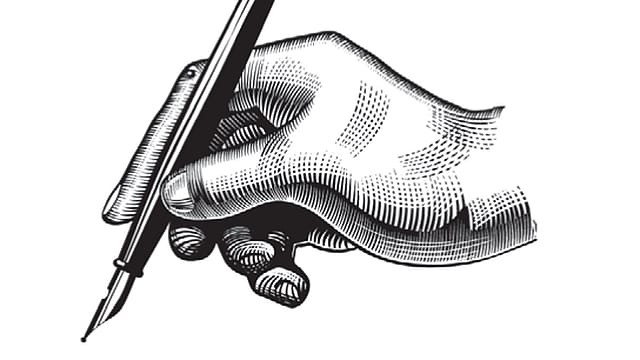The Language Choice

IN THE DAYS I was in school, attending an institution that had only grudgingly acknowledged the transfer of power in 1947, Indian languages were barely taught. The curriculum deemed that, apart from English, which was the medium of instruction, the students would be instructed in two Indian languages. One of these languages, however, had to be Hindi.
IN THE DAYS I was in school, attending an institution that had only grudgingly acknowledged the transfer of power in 1947, Indian languages were barely taught. The curriculum deemed that, apart from English, which was the medium of instruction, the students would be instructed in two Indian languages. One of these languages, however, had to be Hindi.
Since a sizeable proportion of the school had Bengali as its mother tongue, we were offered a choice of opting for either ‘higher Hindi’ or ‘lower Hindi’. Since Bengali was my mother tongue, I was automatically thrust into the ‘lower Hindi’ stream. This also meant that the Hindi classes would cease in the final two years of school.
The four years in the ‘lower Hindi’ class were a riot. Our teacher for the first three years was an eccentric gentleman who used to be called Noddy. This was because he was rather awkward in his movements and had the rather amusing habit of shaking his head at periodic intervals. Schoolboys are inherently heartless and if they found any quirk or deficiency in any teacher, they exploited it to the hilt. From Day One it was clear that neither was Noddy a disciplinarian, nor had he mastered imaginative teaching techniques that would make a bunch of naturally rowdy kids interested in a language they had little interest in mastering. Consequently, we learnt little or nothing of Hindi beyond the alphabet. We somehow got through the exams and that was it.
2025 In Review
12 Dec 2025 - Vol 04 | Issue 51
Words and scenes in retrospect
It is important to remember that in the Calcutta of the 1960s, the unimportance of Hindi was the elite consensus. In my school, there was very little we were actually taught, apart from English. Otherwise, in the value system of the school, the important thing was to excel on the playing field and, apart from sporting successes, being a gentleman. Frankly speaking, nothing else mattered. The only person from our ‘lower Hindi’ class who took the subject seriously was my friend Chandan Mitra. He was passionate about Hindi films and filmy music, and his grasp over Hindi came as a result of his extracurricular interests, and not as a consequence of what Noddy taught in class. Apart from his preoccupation with Bollywood, Chandan also nurtured political ambitions—as opposed to having a deep interest in politics—and he always maintained that a good command over Hindi was an obligatory attribute of a neta.
In hindsight, Chandan was clever and we were fools. Like most Bengalis, we understood the Hindi we heard on All India Radio quite effortlessly. The Urdu-ised Hindustani that some people deify was less comprehensible. However, like most Bengalis, we were quite baffled by the curious use of gender in Hindi. Some of us had the self-assurance (like Mamata Banerjee) to speak wrong Hindi with conviction. However, others like me got tongue-tied knowing that we often spoke gibberish in the guise of Hindi. In my case, an attempt to speak Hindi in a TV discussion led to my Delhiite son telling me quite sternly to not repeat the experience. This merely compounded my inhibition.
There was a time when not being able to speak Hindi fluently didn’t matter even remotely. Till the turn of the century at least, the movers and shakers of India were invariably all fluent in English. That was the link language of the country. It is difficult to say what prompted the increasing vernacularisation of public life, but the change was discernible by the first decade of the century. And, except for small pockets of resistance in Tamil Nadu and, very occasionally, Kerala, Hindi became the language of communication for people from different parts of India.
The rise of BJP didn’t trigger the shift, it merely reinforced an existing trend. It is unusual for any BJP leader to speak in a language other than Hindi at an all-India gathering. I must say that those for whom Hindi isn’t the natural language of communication are given an extra cheer when they do so. At the same time, I saw a clip last week of a leading member of the CPI(ML), the moderate Maoists, address delegates of the CPI at the latter’s party congress. He was speaking in English!
I guess that explains why the Left is in its death throes and BJP has been on the ascendant.
